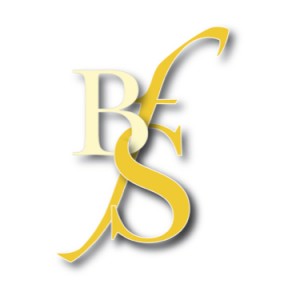Cirrous for Flute with Glissando Headjoint®
- Uses extended techniques
- Staff Pick
Staff Pick
“Atmospheric”
If you are thinking of buying a glissando headjoint, this piece will convince you that it's a very good idea. It really takes you into the heavenly world of cirrus clouds by combining the sounds possible on this headjoint with whistle tones and timbral trills. This gives the player a much wider colour palette to work with and opens up the possibility of a very creative and atmospheric performance.

Pan - Journal of the British Flute Society
If, like me, you are just getting started with the Glissando Headjoint, then you may be wondering which of the 100 or so pieces that have now been written for this wonderful invention is a good place to start. What with getting used to the movement of the headjoint itself (it’s all in the wrists and not the head) and trying to find the positions that are required to achieve defined pitches when the headjoint is extended (there are up to 6 positions available with certain fingerings), it can feel like an impossible task to achieve anything remotely accurate. So, finding a composed piece which allows certain freedoms whilst exploring these concepts would seem to be a good approach, and Cirrous fits this bill nicely.
Named after cirrus clouds (those thin, wispy strands that can often be spotted high in the sky), composer Lisa Bost-Sandberg offers that this piece “embraces the flexibility of the Glissando Headjoint and invites an improvisatory approach from the performer”. Lisa also provides clear notes on how to interpret the score and explore the very sound of the piece, including ideas for how long a passage should last (there is no time signature or bar lines), use of vibrato and suggested tone colours to explore. Despite the detailed score, I found that it was easy enough to understand and was presented in a clear way (those who have played any of Ian Clarke or Robert Dick’s pieces will be familiar with seeing fingering charts displayed on the score already), with the positions of the headjoint noted above when a definite pitch is required. The numerous ‘wisps’ in the middle of the piece are indicated with graceful, pen stroke-like lines as in a graphic score, and invite you to freely slide with the headjoint which is fun to experiment with as you play.
Overall, I found this a fun piece to explore and it’s definitely given me a great start in exploring the Glissando Headjoint in a more formal way. At just 4 minutes long, it’s also a great short piece which I believe would not feel out of place in a more traditional recital programme.
Claire Holdich
From the Publisher
“Cirrous” is an adjective that refers to the resemblance of cirrus clouds, which appear as thin, wispy strands, shaped by winds and residing at particularly high altitudes. This piece combines traditional notation with graphic elements, inviting the performer to embrace and experiment with the flexibility of the Glissando Headjoint®.
Performance duration (approx): 4'00
Item Details
Instrumentation
- Part 1: Flute
Publisher: Chromaworks Press
Our Stock Code: 1632637
Media Type: Paperback (3 pages [score])



